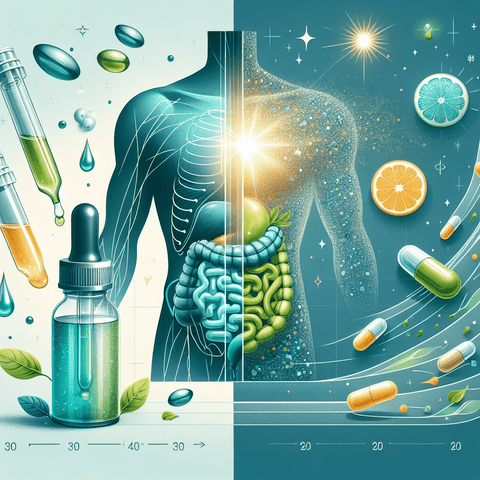Boost Supplements Absorption: Master Bioavailability Today — Learn science-backed tips to maximize nutrient uptake and get results faster. Understanding the bioavailability of supplements starts with a clear definition: bioavailability of supplements is the fraction of an administered dose that becomes available in the systemic circulation (or at the site of action) after administration. Researchers distinguish between how fast absorption occurs (rate) and how much is absorbed (extent). Typical benchmarks include pharmacokinetic parameters such as the area under the curve (AUC), maximum concentration (Cmax), and time to reach it (Tmax). Acknowledging first-pass metabolism and distribution helps frame why some forms of a given compound show different bioavailability. Formulation science shapes the bioavailability of supplements. Properties like solubility and dissolution rate strongly influence uptake. Reducing particle size, selecting solubility-enhancing forms, or using lipid-based carriers can modify how a compound becomes available in the body. Techniques such as solid dispersions, emulsions, liposomes, and complexation with cyclodextrins are commonly discussed in relation to bioavailability of supplements. Excipients and manufacturing methods add further variables that can alter dissolution and absorption kinetics, even before biological factors come into play. Physiological and environmental factors influence the bioavailability of supplements. Individual biology matters: gastric pH, gastric emptying time, intestinal transit, and permeability across the intestinal lining shape the amount and rate of absorption. Enzymatic activity in the gut and first-pass metabolism can modify what reaches systemic circulation. Interactions with other ingredients or co-administered compounds can influence uptake, underscoring the need for robust study designs when evaluating the bioavailability of supplements. Measuring and interpreting bioavailability of supplements involves a range of approaches. Scientists rely on in vitro and in vivo methods to assess dissolution, permeability, and pharmacokinetic profiling. Concepts like absolute bioavailability and relative bioavailability help compare products and formulations. Modeling approaches, such as physiologically based pharmacokinetics (PBPK), provide frameworks for predicting how formulation changes may alter absorption, enabling a rigorous interpretation of results without overclaiming outcomes.




